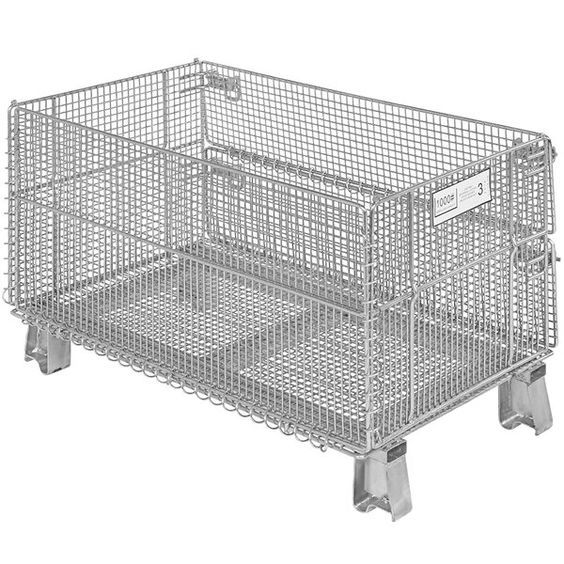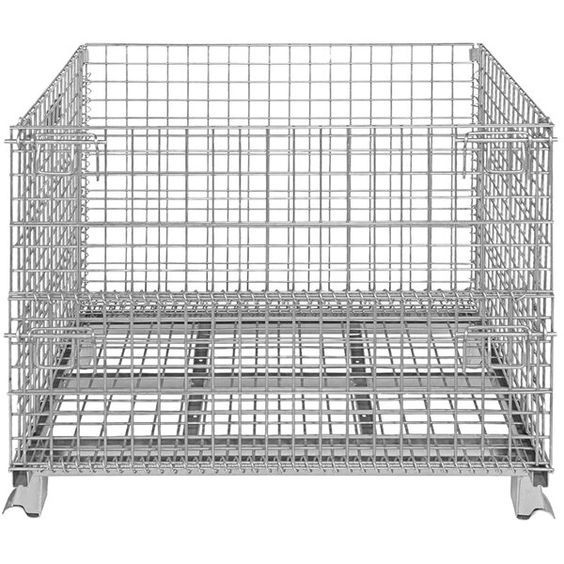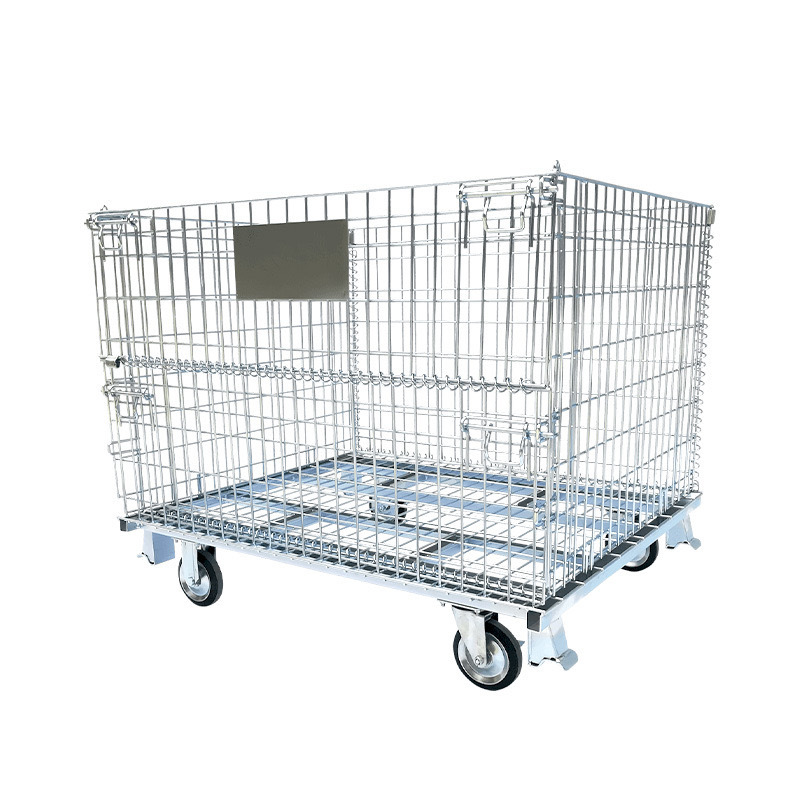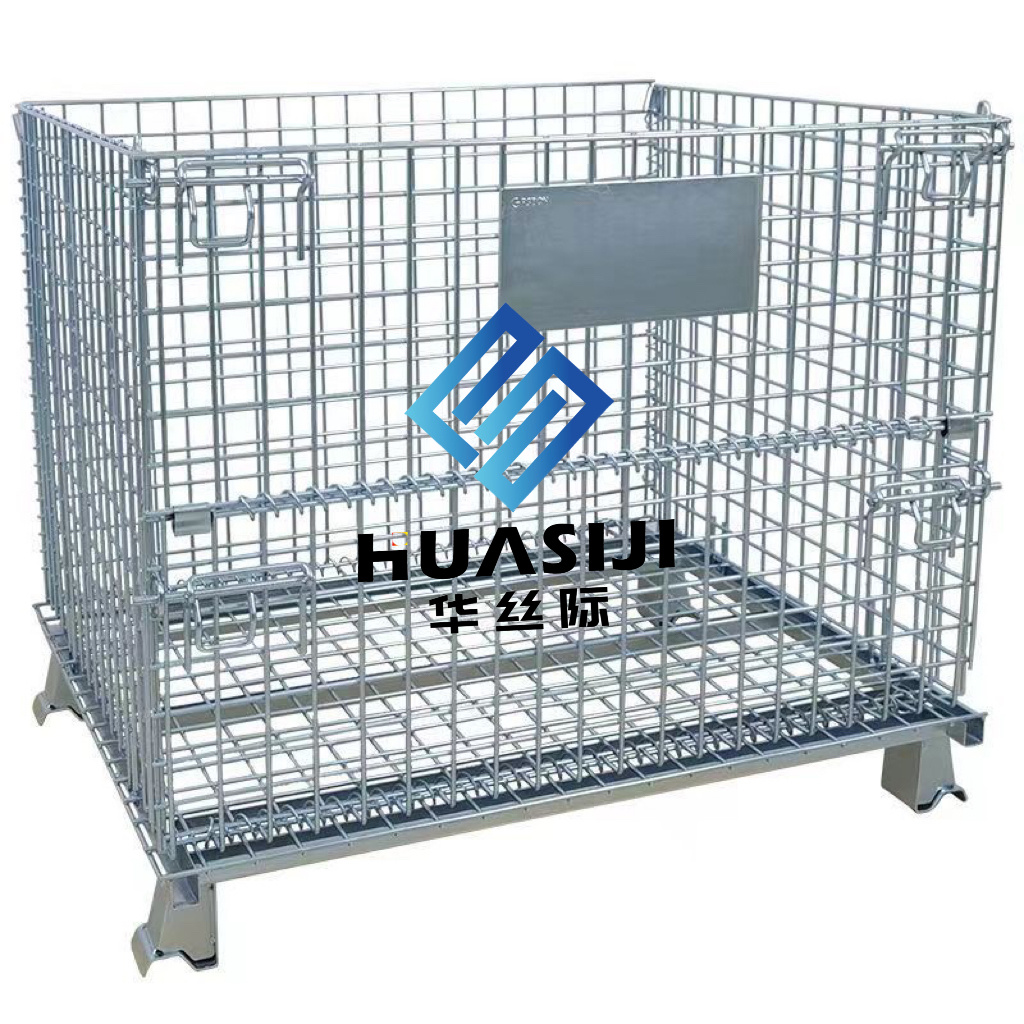Why You Should Consider Flexible Anti-Collision Guardrails for Enhanced Road Safety
Release Time:
Jul 07,2025
Why You Should Consider Flexible Anti-Collision Guardrails for Enhanced Road Safety Introduction to Road Safety Innovations In the realm of road safety, innovations continue to emerge as crucial developments in reducing accidents and enhancing the overall safety of drivers and pedestrians alike. Among these innovations, **flexible anti-collision guardrails** have gained significant attention. Thes
Why You Should Consider Flexible Anti-Collision Guardrails for Enhanced Road Safety
Introduction to Road Safety Innovations
In the realm of road safety, innovations continue to emerge as crucial developments in reducing accidents and enhancing the overall safety of drivers and pedestrians alike. Among these innovations, **flexible anti-collision guardrails** have gained significant attention. These guardrails play a vital role in preventing serious injuries and fatalities by absorbing impact energy during collisions. This article delves into the myriad benefits and features of flexible anti-collision guardrails, emphasizing why they are becoming a preferred choice for traffic safety.
The Importance of Road Safety Equipment
With millions of vehicles on the road, the necessity for robust safety measures cannot be overstated. The statistics surrounding road accidents are alarming, with thousands of lives lost or affected annually due to collisions. The implementation of effective safety barriers like guardrails is imperative in mitigating these risks. Flexible anti-collision guardrails offer a dynamic solution by adapting to various impact scenarios, thus enhancing their protective capability.
Understanding Flexible Anti-Collision Guardrails
Flexible anti-collision guardrails are designed to significantly minimize the severity of vehicle collisions. Unlike traditional rigid guardrails, these structures are engineered to flex upon impact, effectively absorbing energy and redirecting vehicles away from hazards. The construction typically involves materials such as **steel** or **polymer composites**, which provide strength while allowing flexibility.
Key Features of Flexible Guardrails
1. **Energy Absorption**: The primary feature of flexible guardrails is their ability to absorb impact energy. This not only protects the vehicle occupants but also reduces damage to the vehicle itself.
2. **Redirection Capability**: These guardrails are designed to redirect errant vehicles back onto the roadway, minimizing the risk of secondary collisions or rollovers.
3. **Durability**: Built to withstand harsh weather conditions and heavy impacts, flexible guardrails boast a long service life, making them a cost-effective investment.
4. **Versatility**: Flexible guardrails can be installed in a variety of environments, from highways to urban streets, adapting to different traffic conditions.
5. **Aesthetic Appeal**: Available in various designs and colors, these guardrails can blend seamlessly into the surrounding environment, enhancing the visual appeal of road infrastructure.
The Role of Flexible Guardrails in Accident Prevention
Strong evidence supports the effectiveness of flexible anti-collision guardrails in preventing accidents. By significantly reducing the likelihood of vehicle intrusion into dangerous areas, these guardrails serve as an essential line of defense.
Case Studies and Real-World Applications
Numerous studies have shown that regions implementing flexible guardrails experience a marked decrease in collision-related injuries and fatalities. For example, a highway in a metropolitan area adopted flexible guardrails along sharp curves and steep embankments, resulting in a **30% reduction** in serious accidents within the first year of installation.
Enhancing Driver Awareness
In addition to physical protection, flexible guardrails can also enhance driver awareness. Their visibility and design encourage drivers to remain focused and cautious, especially in high-risk areas. This psychological factor plays a crucial role in preventing accidents.
Cost-Effectiveness of Flexible Anti-Collision Guardrails
Investing in flexible anti-collision guardrails is not only a matter of safety but also an economically sound decision. The initial installation costs are often offset by the reduction in accident-related expenses.
Long-Term Savings on Maintenance and Repairs
Flexible guardrails typically require less maintenance than traditional barriers, leading to long-term savings for municipalities and private entities. Their durability and resistance to wear mean fewer frequent replacements and repairs, making them a more financially viable option.
Insurance Implications
The presence of effective safety barriers can also influence insurance premiums. Areas with flexible guardrails may experience lower insurance costs due to the decreased likelihood of claims related to road accidents, benefiting both drivers and municipalities.
Compliance with Safety Regulations
In many regions, the implementation of flexible guardrails is becoming a requirement for compliance with safety regulations. These guardrails meet or exceed the safety standards set forth by organizations such as the Federal Highway Administration (FHWA) and various state transportation departments.
Guidelines for Installation and Maintenance
Proper installation and maintenance are critical to ensuring the effectiveness of flexible anti-collision guardrails. Guidelines generally recommend:
1. **Site Assessment**: Evaluating the road conditions and potential hazards before installation.
2. **Regular Inspections**: Conducting routine checks to ensure that guardrails remain intact and functional.
3. **Timely Repairs**: Addressing any damage promptly to maintain protective capabilities.
Training for Installation Professionals
Training programs for installation professionals can enhance the quality of installation and maintenance, ensuring that these safety systems provide optimal protection.
Community Involvement and Awareness
Educating the community about the importance of flexible anti-collision guardrails is essential. Public awareness campaigns can highlight the benefits of such safety measures, encouraging support for their implementation.
Collaborative Efforts between Authorities and Citizens
Local governments can work alongside community organizations to promote road safety initiatives, including the installation of flexible guardrails. Engaging citizens in discussions about road safety can foster a collective responsibility toward enhancing public safety.
Feedback and Continuous Improvement
Collecting feedback from the community regarding the effectiveness of safety barriers can lead to continuous improvements in road infrastructure. This feedback loop can inform future projects and refine safety protocols.
Challenges and Considerations
While there are numerous benefits to flexible anti-collision guardrails, some challenges exist. Addressing these concerns is crucial for successful implementation.
Initial Costs and Budget Constraints
The upfront cost of installing flexible guardrails can be a barrier for some municipalities. However, emphasizing long-term savings can help overcome budgetary constraints.
Public Perception and Acceptance
Public acceptance is another potential challenge. Education and awareness campaigns are vital to fostering community support and understanding of the benefits associated with flexible guardrails.
Conclusion
In conclusion, flexible anti-collision guardrails represent a significant advancement in road safety technology. Their ability to absorb impact energy, redirect vehicles, and provide a durable, cost-effective solution makes them an essential component of modern road infrastructure. By focusing on safety, compliance, and community involvement, we can enhance the effectiveness of these guardrails and ultimately save lives. As we continue to innovate and improve our roadways, the adoption of flexible anti-collision guardrails will play a pivotal role in creating safer driving environments for everyone.
Frequently Asked Questions (FAQs)
1. What are flexible anti-collision guardrails made of?
Flexible anti-collision guardrails are typically constructed from materials like steel or polymer composites, designed to provide both strength and flexibility to absorb impacts.
2. How do flexible guardrails differ from traditional guardrails?
Unlike traditional rigid guardrails that do not move upon impact, flexible guardrails are engineered to flex and absorb energy, reducing the severity of collisions.
3. Are flexible guardrails more cost-effective than traditional options?
Yes, while the initial installation may be higher, flexible guardrails often lead to long-term savings through reduced maintenance and lower accident-related costs.
4. How often should flexible guardrails be inspected?
Regular inspections are recommended, typically every six months, or after significant weather events or accidents, to ensure they remain functional and effective.
5. Can implementing flexible guardrails impact insurance rates?
Yes, the presence of effective safety barriers can potentially reduce insurance premiums, as they lower the likelihood of collision-related claims.
Hot Products







